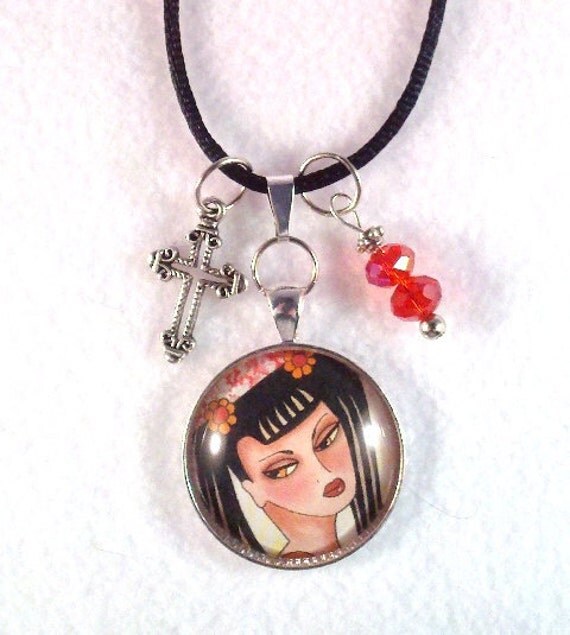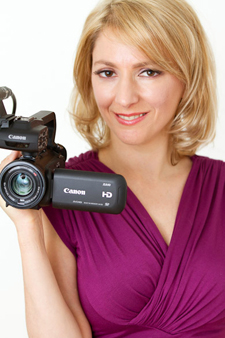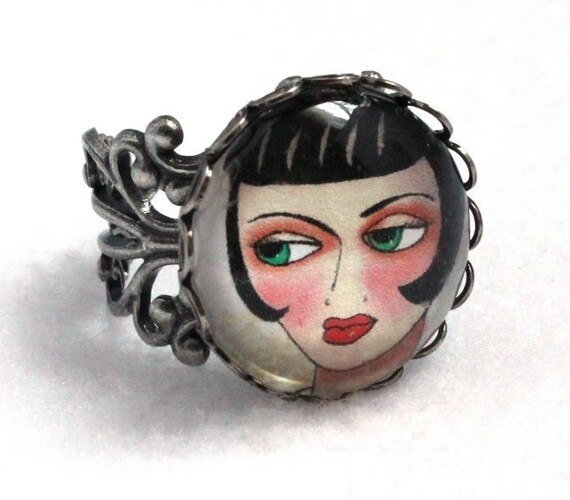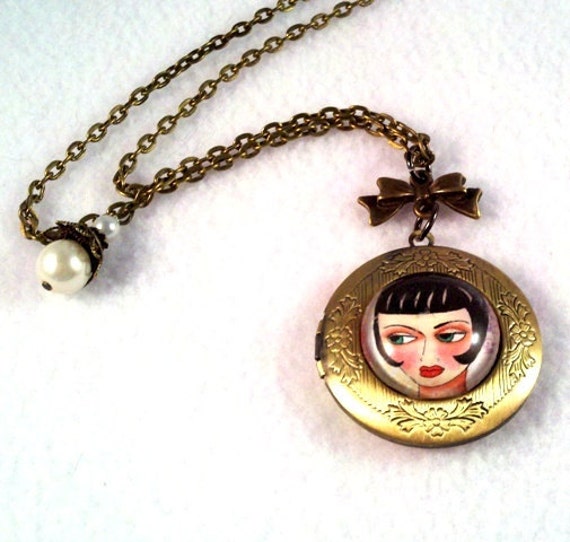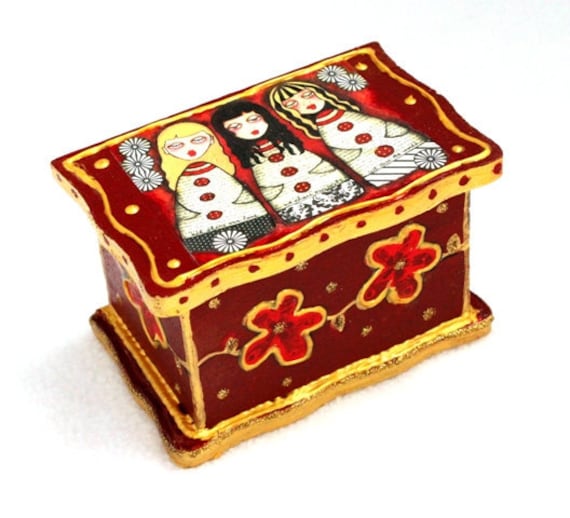LinkedIn: Four Tips to Build Your Business
We’ve all said the same thing at some point: I’m a member of LinkedIn, but I’ve no idea why, as I don’t get what it’s about. What’s the point of it? Is there some way to use it that I’m missing?
You bet there is, according to Susan Newman of Susan Newman Design in Jersey City, NJ, who says that LinkedIn may just be the best social media site out there at the moment. As people have become more and more frustrated with Facebook and its constantly changing landscape, they’ve been giving LinkedIn a second look, and have been amazed at the scope of its functionality. Newman offers four tips to understanding LinkedIn better.
 |
| Susan Newman |
“When you click on my own LinkedIn profile, a video will immediately start playing, and it really attracts people," says Newman. "All of a sudden they hear me talking, so when they scroll down a bit, they’ll see a two-minute video of me and when I'm done talking is shows a slide presentation of everything I’d like to show to them. It makes a huge impact on viewers.”
She says that when filling out the places where you’ve worked, instead of inserting the company name, insert your role, as that’s the criteria people will be searching for. “I’m a brand identity designer,” says Newman. “People aren’t going to find me based on the name of my company. They’re going to find me under a search for brand identity designers.”
That’s how you’ll get found, she says, and once you do, seeing a portfolio and video in your profile will give visitors a much better sense of who you are both as a person and a business.
Join a LinkedIn group, then make use of the advanced search functions. Not many people know this, but on LinkedIn, there’s a group for just about anything you can think of…animal lovers, jewelry designers, “green” activities, etc. What makes this significant is that, because LinkedIn only allows you to connect with people you know, if you like a person’s comment in a group, you now have a reason to connect with him or her. You can see all of your groups’ discussion activities through daily or weekly email digests.
“Once you receive your digests, you look through the discussions to see if there are any you want to participate in,” says Newman. “You then go to that discussion, read what they’re talking about, then add your own comment. What’s significant is that if there are 500 comments, that’s 500 people following that discussion, so your own comment gets sent out to all of those people. You can reach so many people in such a simple way.”
Even if there are only five people following a discussion, all it takes is one golden connection to make a difference in your business, and that’s where LinkedIn’s search functions come in. When you load the LinkedIn home page, at the top right hand corner, you’ll see that the search bar is automatically set on people. But if you click on “Advanced” to the right of the search bar, you’ll be able to search for people using just about any criteria you can think of via the keyword box.
“Let’s say that I was looking for creative directors,” says Newman. “Once I click on ‘Advanced,’ a whole load of criteria opens up on the left side of the page. I can then limit my search to location. Once I find someone I want to connect with, I click on that person’s profile and it will tell me what groups they’re in, and specifically if there’s a group that we have in common. If so, I can now send a message saying that we are both in this group, and it would be cool if we could connect.
“The great thing about LinkedIn is that it offers ways to get incredibly high visibility, which we’re not getting anymore with Twitter and Facebook, where there’s just too many people now and too much going on,” Newman says. “Seventy-five percent of people don’t even see your posts anymore.”
At one time, Facebook “Pages” were a hot topic, but with Facebook’s recent changes, Pages no longer offer the functionality they once did. Many users find the Timeline (which was forced upon Pages) confusing, and Newman has seen a drop-off in Page usage. For a time, many thought that Google+ would be a great replacement for Facebook Pages, but Newman believes Google+ is trying to be all things to all people and just isn’t delivering.
“Google+ tried to combine the best of both worlds of both Facebook and LinkedIn, but the two sites are just too different,” she says. “LinkedIn’s discussion groups are the best out there, which people are beginning to gravitate to as they become more and more frustrated with Facebook.”
Using LinkedIn’s “Question and Answer” section can set you up as an expert. It can also offer a wealth of information that you just won’t be able to find anyplace else.
To ask a question, in the top right search bar, use the pull-down menu and click “Answers.” On that page, you can ask anything you want, like “What should I charge for a dozen printed greeting cards on Etsy?” Once you read the list of answers, you’ll also have the opportunity to click on which was the best answer, which will then give a credit to that person as an “expert.” The more times you answer questions and get the “expert” credit, the more likely you’ll begin to show up in listings as an “expert” in your particular area.
“The best reason for joining LinkedIn is two-fold,” says Newman. “The first is that you want to have a place that stores your complete profile where many people will be able to find you. The second is that you’ll want to join the LinkedIn groups and participate in or start discussions in order to open yourself up to a huge amount of people.
“If a group has 30,000 members and you post a discussion there, that’s a lot of eyes on that topic. You no longer have to worry about 10% of your followers on Facebook seeing your photo. On LinkedIn, you could literally get hundreds of comments and have people connecting with you left and right. The whole key is visibility.”
Schedule your social networking, so as to not spread yourself too thin. Newman says that as there are so many social networking platforms available now, business owners should approach them in one of two ways: Either pick one or two platforms and focus on them exclusively, or stick to a tight schedule of when you’ll post to which platform.
“There are different types of audiences for each platform,” says Newman. “The people who follow YouTube are different from those who follow LinkedIn, Twitter, Facebook or Google+. With so much going on, people are in danger now of spreading themselves too thin. Personally, I focus a lot on Twitter, and as a result have seen my followers quadruple in one year.”
But she also follows a social networking schedule, meaning that on certain days she’ll be sure to post something to Facebook, while others she’ll work on LinkedIn. Of course, if she has something urgent going on, like a new seminar or a new blog post, she’ll “pollinate” across all platforms in order to get as many discussions going as possible. But her favorite for discussions is by far LinkedIn.
“People are finally starting to get the message of LinkedIn,” she says. “Yes, it’s a business-to-business site, but the discussion area is more of a community talking to each other. And very often that community is huge.”
Until next time!
Mary Ann
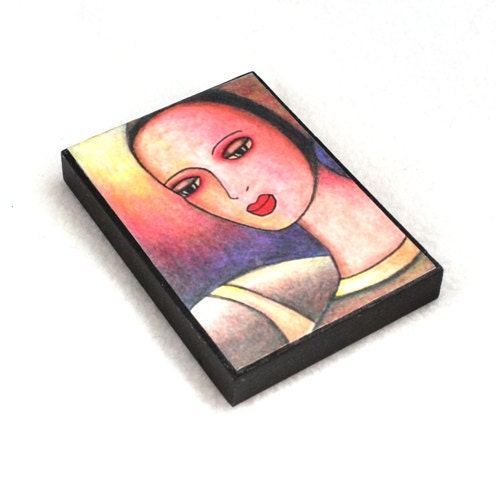 |
| "Serenity" Wood Block Print Shop: maryannfarley |






